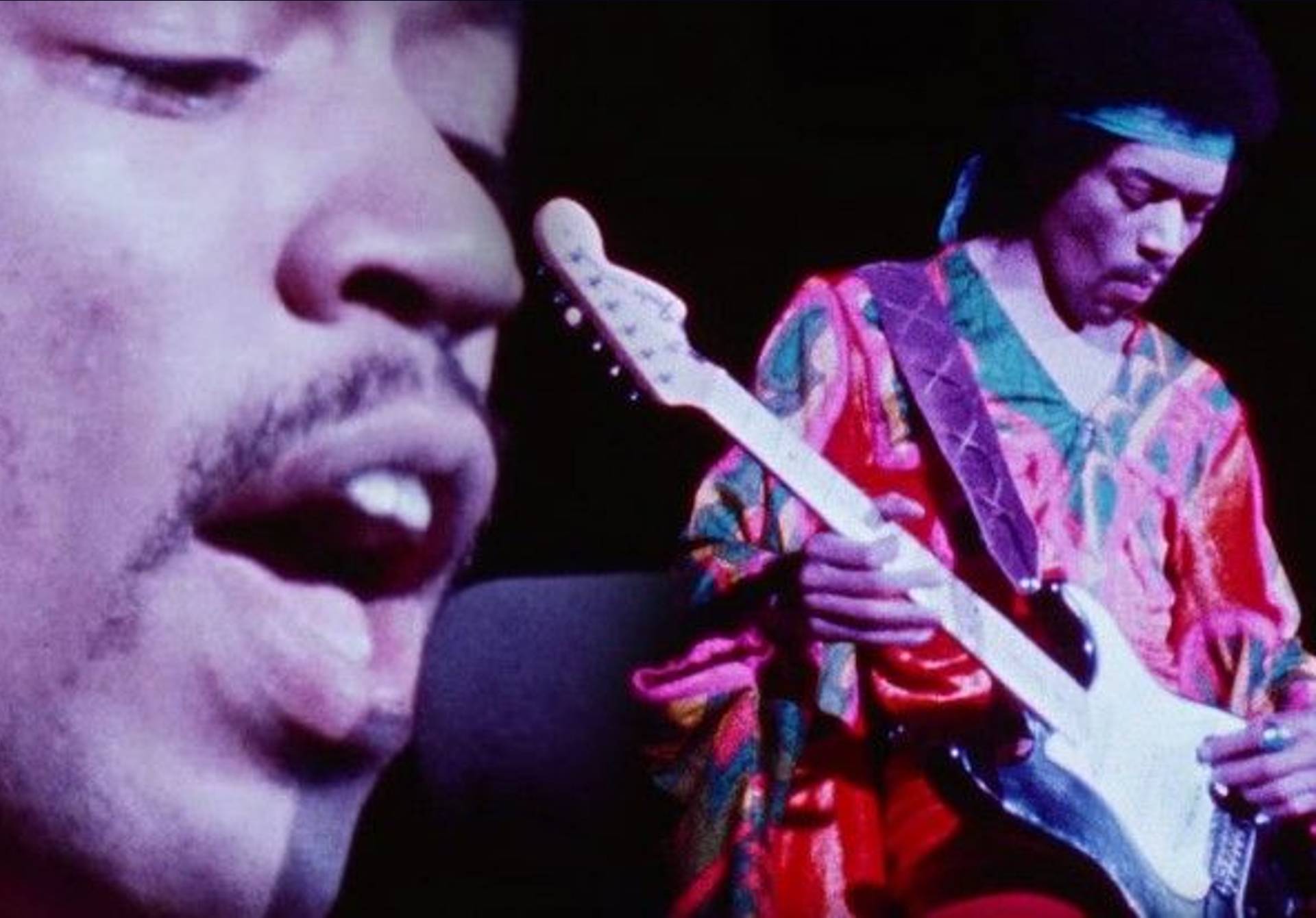A deep dive into the history of guitar distortion - from overdrive to broken amps and beyond.
Distortion has come a long way from its humble DIY beginnings. All things considered, this is probably a good thing. Destroying your amp to alter your sound isn’t the most fiscally responsible method of creativity, is it? Thankfully, those with technologically advanced minds put their heads together and developed the much sought-after effect in a handy pedal form a few decades back, saving modern-day guitarists from the struggles of DIY distortion. But before we made leaps and bounds in the field of musical technology, instruments and amplification were decidedly rudimentary. If you wanted something more from your tone, you were going to have to get creative.
Read all the latest features, interviews and columns here.
While distortion as we know it today is achieved through vastly different means, it’s important to recognise that we owe the effect to the experimental minds of those who shot to fame in the ‘40s and ‘50s — in particular, those who made their mark during the heyday of rock ’n’ roll. It comes with no surprise that the genre known for changing the course of music would also change the blueprint for its accompanying technologies. Yet the road to today’s methods of distortion was twisted and, frankly, messy. Mistakes were made, amps intentionally destroyed, and the results? They were revolutionary.
In the 1940s, a number of blues and Western guitarists decided what they needed from their sound was simply something more. They needed their tone to be grittier and dirtier, by whatever means necessary. Junior Barnard, a guitarist with Bob Wills and his Texas Playboys, took an inventor’s approach to this dilemma. He crafted his own set of humbucking pickups to create a fatter, louder tone and pushed his amp into overdrive. In 1949, Hepcats guitarist Goree Carter followed suit on the DIY path to distortion and recorded ‘Rock Awhile’, the first known recording of overdriven guitar.
Joining the pioneering sounds next was Ike Turner & The Kings of Rhythm. The band released ‘Rocket 88’ in 1951 as Jackie Brenston and His Delta Cats, a song many consider to be the first rock ’n’ roll record. The track features Willie Kizart’s distorted guitar, but the origins of the sound remain mysterious to this day. Legend has it that Kizart dropped his Fender amp on the way into the studio, resulting in the warped tone heard in the final mix. Whatever the case, legendary Sun Studios producer Sam Phillips knew genius when he heard it and kept the sound in the recording.
Taking the DIY approach continued to gain popularity in creative circles. Link Wray’s 1958 track ‘Rumble’ achieved its distinctive guitar sound through Wray’s repeated stabbing of his amp’s speaker cone with a pencil. The Kinks’ 1965 hit ‘You Really Got Me’ has Dave Davies to thank for its unique tone after the guitarist slashed his amp’s speaker with a razor blade. It was during this decade that someone decided to put an end to the destructive madness and find a more sustainable (and responsible) solution. Enter: Gibson guitars.
The brains trust at Gibson can see a gap in the market from a mile away. This foresight was particularly evident in 1962 with the release of the Maestro FZ-1 Fuzz Tone, a fuzz pedal that aimed to produce the same distorted sound the aforementioned artists had been searching for, without the destruction of property. The pedal was partly inspired by Marty Robbins’ 1961 country track ‘Don’t Worry’, where session guitarist Grady Martin’s solo became distorted thanks to a faulty mixing board connection. The sound of Gibson’s newest invention was soon immortalised on the Rolling Stones’ classic ‘(I Can’t Get No) Satisfaction)’. While the idea behind the pedal was strong, the commercial response was lacking. More successful iterations were soon to follow, but the Maestro claimed its crown as the first.
Distortion continued its astronomical growth with a little help from some very famous friends. Jimi Hendrix championed the sounds of reverb and fuzz throughout the ‘60s and ‘70s, becoming synonymous with such altered tones. The trend carried on through the ‘80s and found a home in the rise of heavy metal. It makes perfect sense that a genre with ‘heavy’ in the title would appreciate the not-so-subtle art of distortion, and the ‘80s were prime time to bring the effect further into the spotlight. Jimmy Page, Ritchie Blackmore, and Tony Iommi were just some of the names making the most of the effect, pushing equipment to its limits to achieve the careful recipe of distorted imperfection.
The development of effects pedals became an integral element in the rise of distortion, from the introduction of the Maestro right through to the overdrive and fuzz pedals holding pride of place in guitarists’ rigs today. Whether it was the BOSS OD-1 or MXR Distortion Plus, the iconic Big Muff Pi from Electro-Harmonix or the game-changing Ibanez Tube Screamer TS808, it soon became clear that packaging the DIY experiments of pioneering musicians into pocket-sized stompboxes was a surefire road to success. Fast forward to this decade and achieving the warped tones that took so much effort so many years ago is now easier than ever.
Whichever way you look at it, distortion remains one of the most important developments in music technology. Its fascinating DIY history should serve as inspiration for musicians everywhere who pick up their instrument and wonder if there is anything left to say that hasn’t already been said. When a musician wants to create something new, they’ll find a way. Even if it does mean hacking an amp to pieces.
Wanna know about the origins of the effects pedal? We’ve got you covered.







